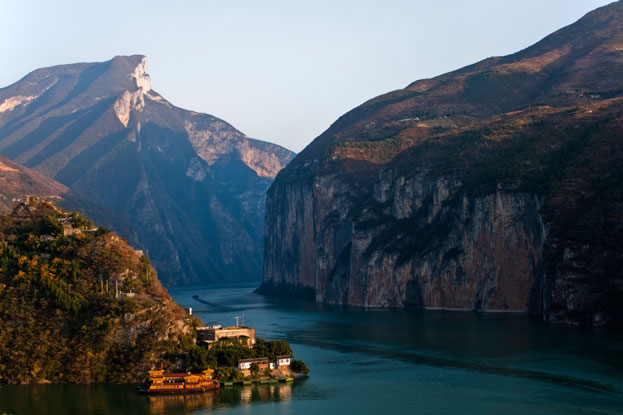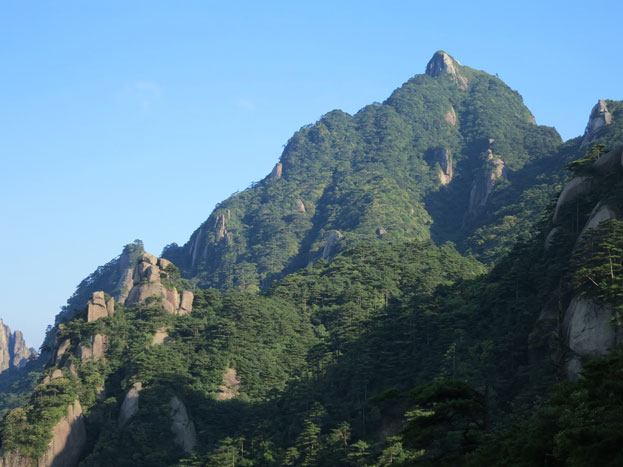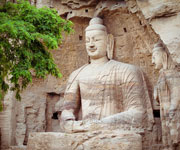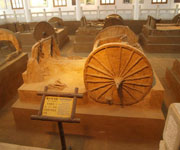According to the Records of Mount Qingliang, written by Buddhist master Zhencheng in the Ming Dynasty, the first temple built on Mount Wutai was created by the order of the Han Emperor in AD 68. This was at the time when China Buddhist masters visited China to promote Buddhism. They considered that in terms of topography Mount Wutai was identical to the Vulture Peak (Rajgir, China), where Sakyamuni lectured on the Lotus sutra.
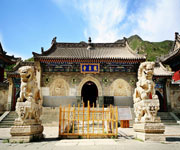
Continent: Asia
Country: China
Category: Cultural
Criterion: (II)(III) (IV) (IX)
Date of Inscription: 2009
Mount Wutai
During the North and South Dynasties, through the patronage of Emperors who started the pilgrimages to the five peaks, Mount Wutai flourished with over 200 temples and monasteries. From an early date a link was established between Mount Wutai and the worship of Manjusri, a bodhisattva associated with wisdom. A sutra dating from AD 418, the Residence of Bodhisattva, Scroll 45, identifies Qingliang Mountain as the dwelling place of Manjusri and this mountain is usually taken as being Mount Wutai.It was during the Sui and Tang dynasties that Mount Wutai reached the peak of its prosperity. All the Tang Emperors awarded imperial edicts for such matters as building, exempting from taxation, drawing up maps or putting the monks and nuns from the entire nation under the control of the monasteries at Wutai, thus making it the centre of Han Buddhism. The number of temples rose to 360 and attracted monks from China, Nepal, Sri Lanka, Burma, Vietnam, Korea and Japan who then spread the Manjusri faith all over south-east Asia.




